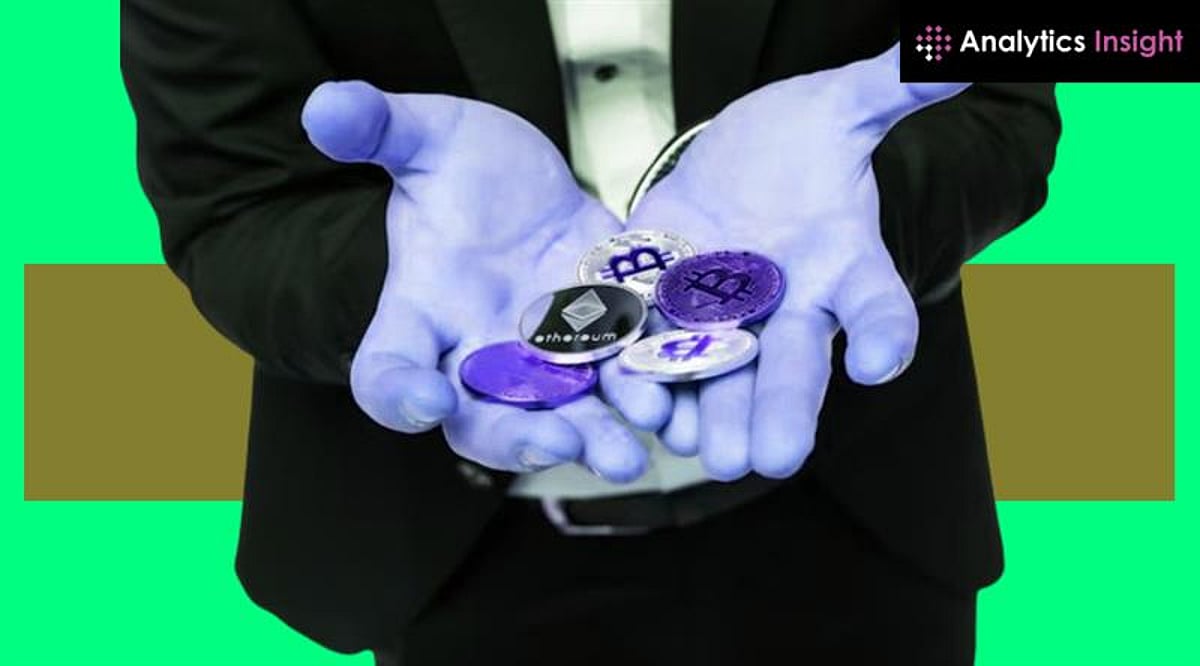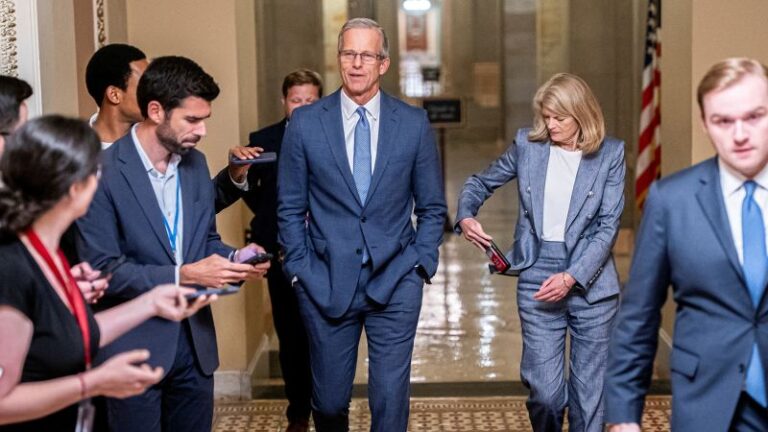In May 2025, Bitcoin reached an unprecedented peak of $111,970 before settling around $105,000. This surge occurred amidst escalating U.S.–China trade tensions and conflicts in Eastern Europe and the Middle East, injecting fresh volatility into traditional financial markets. Despite outflows and liquidations from Exchange-Traded Funds (ETFs), investor interest in alternative hedges such as crypto futures remains robust. These financial instruments offer rapid risk management and exposure to digital assets without the need to hold the underlying tokens.
As global instability intensifies, businesses strive to maintain operations, and investors increasingly turn to crypto futures as active tools to shield portfolios during turbulent times. Crypto futures are agreements between parties to buy or sell a specific cryptocurrency at a predetermined price on a future date. They allow traders to speculate on the price direction of assets like Bitcoin (BTC) or Ethereum (ETH) without owning the actual coins. Crucially, crypto futures can be used for hedging, protecting existing crypto or fiat portfolios from adverse price movements, or for speculative trading aimed at profiting from market volatility.
The Mechanics of Crypto Futures
Unlike traditional futures, many crypto futures are perpetual contracts with no fixed expiry, granting traders the flexibility to hold positions as long as desired. This feature makes crypto futures particularly attractive in unpredictable geopolitical climates. While conventional markets close on weekends and holidays, crypto futures operate 24/7, allowing investors to react instantly to breaking news, whether it’s a sudden escalation in a conflict zone, a new round of economic sanctions, or a surprising policy announcement. The ability to enter or exit hedging positions at any time reduces exposure to overnight or weekend risks, which traditional markets often cannot manage.
Global Appeal Amid Economic Uncertainty
Countries grappling with rampant inflation, capital controls, or currency devaluation find crypto futures especially useful. In regions where local currencies rapidly lose purchasing power, Bitcoin often preserves value beyond national borders. By taking positions in crypto futures, investors in such economies can hedge their exposure to weakening local currencies and inflation, protecting wealth from erosion. This global, borderless access to value is one reason crypto futures gain traction in emerging markets undergoing financial stress, where traditional hedging instruments may be unavailable or prohibitively expensive.
Strategic Advantages of Crypto Futures
One of the most powerful aspects of crypto futures is the ability to short, allowing traders to profit from falling prices. During geopolitical downturns, where asset prices may plummet unexpectedly, shorting futures enables traders to effectively defend against downside risk. Furthermore, futures trading offers leverage, meaning traders can control a larger position than their initial capital outlay. While leverage amplifies both gains and losses and must be used cautiously, it enables investors to respond more dynamically to fast-changing geopolitical events, fine-tuning their risk exposure.
Starting with conservative leverage (e.g., 2x to 3x) and using disciplined stop-loss orders are key to managing risk when market volatility spikes. Today’s Bitcoin and Ethereum futures markets offer high liquidity, with billions traded daily on major exchanges such as CME, Binance, and FTX. This depth ensures tighter bid-ask spreads and minimizes slippage, providing stability even during periods of intense market stress. Growing institutional participation, from hedge funds to family offices, has enhanced the credibility and sophistication of these markets. Their presence helps reduce the risk of manipulation and technical disruptions, making crypto futures a dependable tool for both protection and speculation.
Regulatory Considerations and Future Outlook
However, investors should remain vigilant regarding evolving regulatory environments. Geopolitical conflict and shifting policy decisions can impact market access, trading conditions, and the broader availability of crypto instruments. The narrative around Bitcoin as “digital gold” is no longer just theoretical. During geopolitical crises, investors often seek assets that act as a store of value independent of any single government or banking system. Bitcoin’s decentralized, censorship-resistant nature fits this bill. Crypto futures allow traders to gain exposure to Bitcoin’s safe haven appeal without the complexities and security risks of holding the actual asset. Futures contracts are non-custodial, eliminating the need for wallets or private keys, while still providing price exposure and liquidity.
Recent conflicts have illustrated the strategic role of crypto futures. During the Russia-Ukraine war, trading volumes and open interest in Bitcoin futures surged as investors sought ways to hedge against currency depreciation and market uncertainty. Similarly, heightened tensions in regions like India-Pakistan and Israel-Gaza have correlated with spikes in crypto futures activity, demonstrating the market’s responsiveness to geopolitical risk.
These real-world cases highlight crypto futures as a go-to instrument for investors seeking to preserve capital and manage risk when traditional avenues are restricted or unavailable. In a world marked by rising conflict and financial instability, crypto futures offer investors flexibility, speed, and global access to hedge against risk. With 24/7 trading, shorting capability, and growing institutional credibility, they are quickly becoming essential tools for managing volatility. While not without risks, crypto futures offer a compelling way for investors to retain control amid global uncertainty.
























